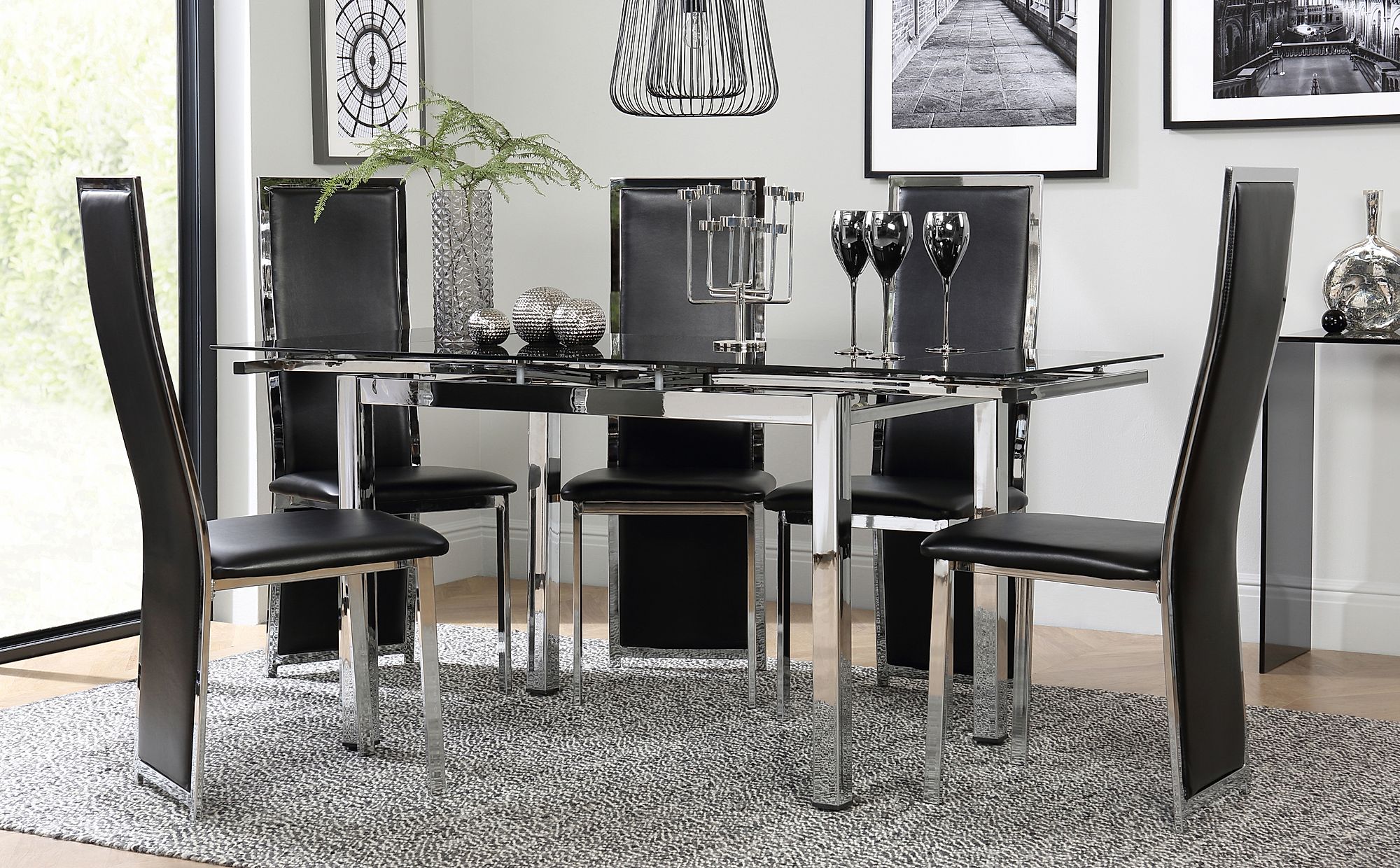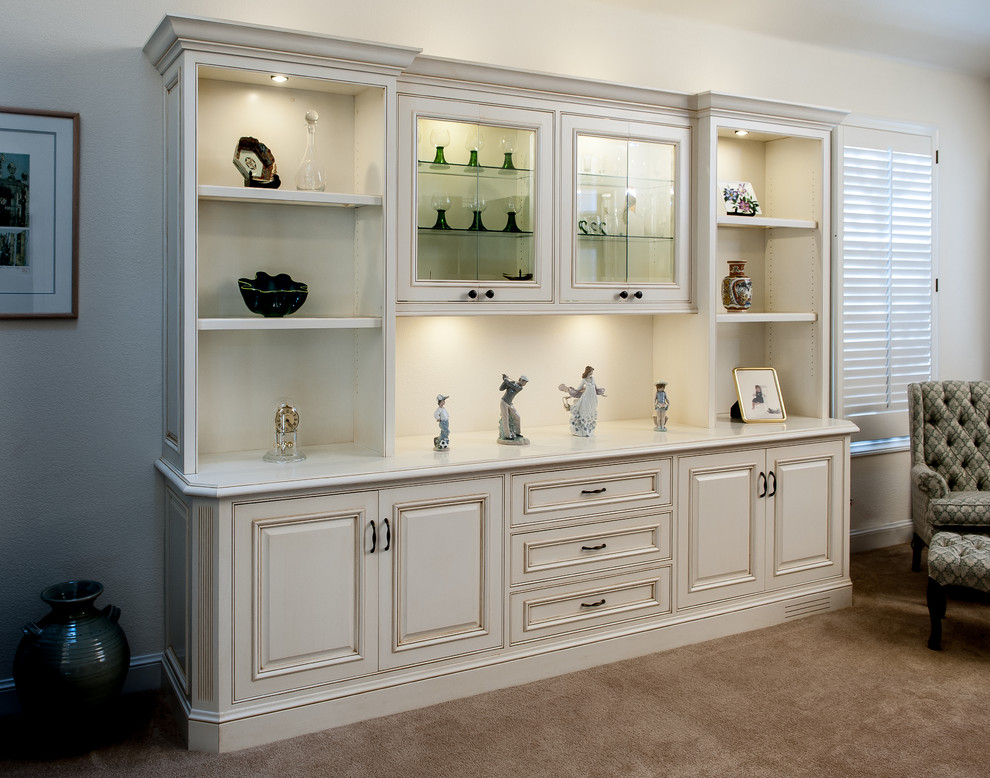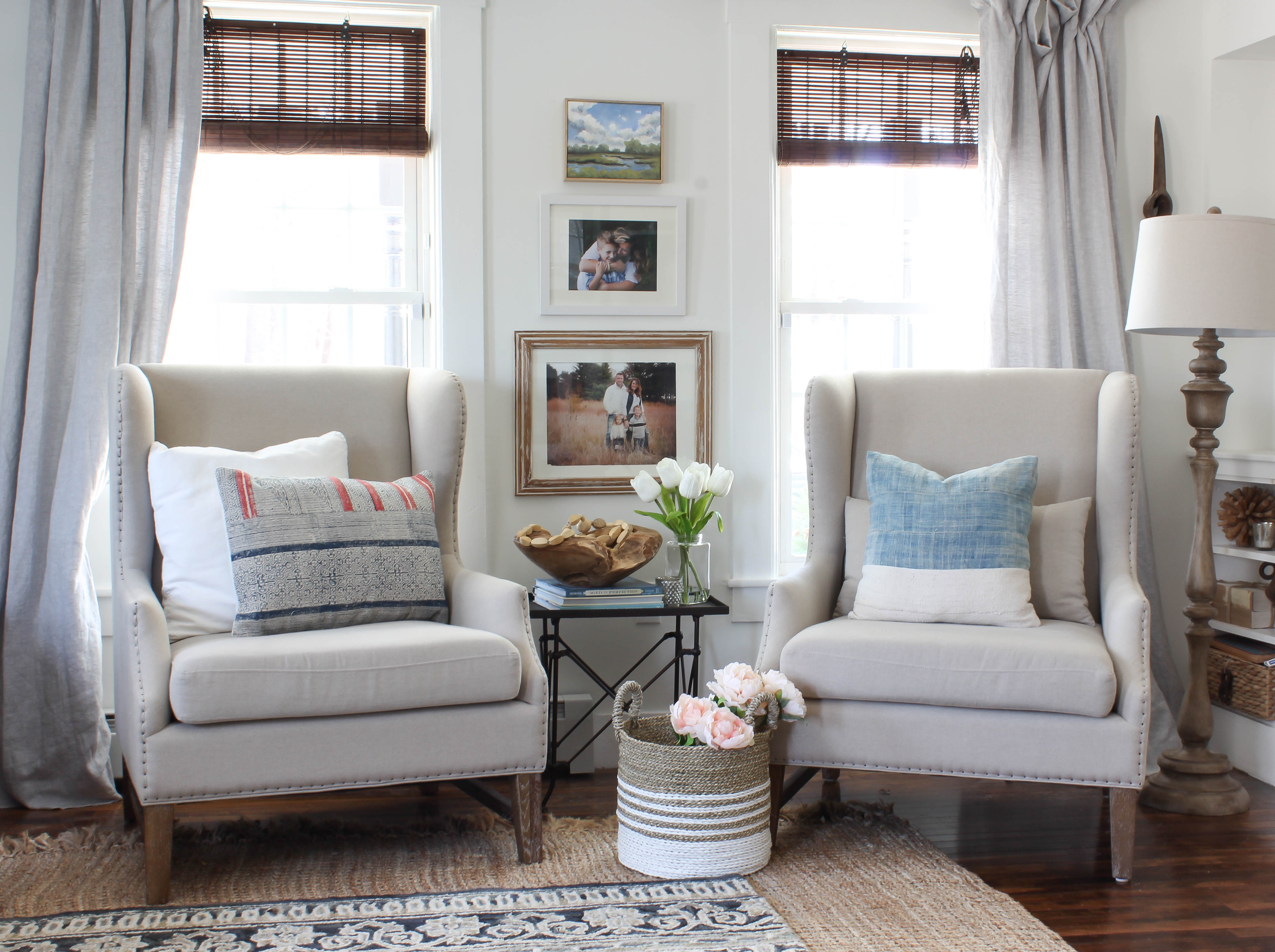Eco-Friendly House Designs to Cut Energy Costs
Creating an energy-efficient home can result in big savings on your energy bills. Innovative and eco-friendly house design and building ideas are increasingly in demand as people strive to reduce their carbon footprints. However, with so many home energy solutions, it can be overwhelming to choose which one to go with. Some of the top features to look for in an energy-saving home design are insulation, energy-efficient windows and doors, water-saving faucets and showers, efficient heating and cooling systems, and solar power.
An eco-friendly home design begins with the basics – walls, and ceilings that are well-insulated. Thick and well-insulated walls provide a comfortable living environment with reduced energy bills. Some of today’s insulation materials can even insulate a home’s outer walls from the outside temperatures, which improve both the home’s efficiency and comfort. Installing double-pane, Energy Star-approved windows and doors can also help reduce your energy bills.
In addition to improved wall insulation, an eco-friendly home should use eco-friendly plumbing fixtures. Low-flow shower heads and faucets can help keep your water usage and costs at a minimum. Efficient heating and cooling systems, such as radiant heaters and heat pumps, are also good choices for energy-saving design. Solar panels and other solar-ready solutions are also becoming more popular, providing clean energy from the sun.
Earth-Friendly Home Building and Design Tips
When building and designing an eco-friendly home, there are several things to consider that go beyond the basics. Making smart decisions during the planning and construction phases can help you create a home that is sustainable, energy-efficient and environmentally conscious. Here are some tips to help you get started.
1. Choose renewable materials: Using renewable materials such as sustainably harvested wood, recycled materials, bamboo and other sustainable materials can help reduce the environmental impact of your home. Additionally, some earth-friendly materials, such as solar panels, can help reduce your overall energy costs.
2. Use green insulation: Insulation such as cotton fiber, cellulose, recycled newspaper, and foam insulation can also reduce your energy bills and create a healthier living space. Insulating your attic or walls can also reduce noise and create a healthier living environment.
3. Consider low-flow fixtures: Installing low-flow plumbing fixtures in your bathroom, kitchen, and laundry room reduce water usage and can also be a great way to conserve energy as well as reducing your water bills.
8 Steps to an Eco-Friendly Home Build
Creating an eco-friendly home can be a challenging endeavor. However, when done right, these house designs are both friendly to the environment and can provide sustainable and cost-effective homes. Here are 8 steps to follow for an eco-friendly home build.
1. Select a sustainable building site: Careful selection of your building site is the first step in creating an eco-friendly design. Consider points such as access to renewable resources (e.g. wind, sun, natural gas), building orientation relative to the sun, available rainwater, topography and vegetation, and soil type.
2. Evaluate the local geological conditions: Local geological conditions can influence the type of foundation and other structural features that will be needed to build a safe and energy-efficient home. Assess the area’s seismic activity and flood risk before selecting or designing a home plan.
3. Choose an energy-efficient design: For your home design, it is important to consider both the local climate and the energy needs of your household. Larger homes tend to require more energy for heating, cooling, lighting, and appliances. Opting for a smaller home can help reduce both the environmental impact and energy costs.
20 Tips for an Eco-Friendly Home Makeover
If you’re looking for ways to make your home more energy-efficient, an eco-friendly home makeover is a great option. There are many simple and affordable ways to make your home more green and sustainable. Here are 20 tips to help you create a more eco-friendly home.
1. Install insulated window coverings: Installing insulated curtains, blinds or shutters on your windows is a great way to reduce your home’s energy use. Insulated window coverings protect your home from heat gain and loss by providing an extra layer of insulation.
2. Replace any outdated appliances: If you have any old appliances, consider replacing them with energy-efficient models. Look for Energy Star-certified products that will save you money on your energy bills.
3. Insulate the attic and basement: Inadequate insulation of the attic and basement can drastically reduce your home’s energy efficiency. Adding insulation to these areas can help maintain a comfortable temperature and reduce your energy costs.
Low-Cost Eco-Friendly Home Design Ideas
Eco-friendly home design ideas don’t have to be expensive or time-consuming. There are plenty of sustainable and low-cost ways to make your home more energy-efficient. Here are some ideas to get you started.
1. Make use of natural light: Maximizing natural light reduces the need for artificial lighting. Install skylights and larger windows to let in more natural sunlight. Additionally, using light-colored paint on the walls will reflect natural light and create a brighter living space.
2. Use low VOC paints and stains: Low VOC (Volatile Organic Compounds) paints and stains are better for the environment since they emit fewer harmful chemicals into the air. Low VOC paints also have less of an impact on the indoor air quality of your home.
3. Plant trees for natural cooling: Planting trees and other vegetation around your home is a great way to reduce your cooling needs. Trees and shrubs absorb heat and provide natural cooling.
How to Design Eco-Friendly Homes on a Budget
Designing a home that is both eco-friendly and budget-friendly requires some planning. Here are some tips for creating an eco-friendly home design on a budget.
1. Prioritize green features: Establish a budget for each eco-friendly feature in your home design. Lay out a detailed plan with which features are most important and what is the most cost-effective way to implement them.
2. Maximize the use of renewable energy sources: Adding renewable energy sources like solar panels and wind turbines can help reduce your energy costs and carbon footprint. Research local programs and incentives or solar and wind energy that you may qualify for.
3. Install water-saving fixtures: Installing water-efficient plumbing fixtures and appliances such as low-flow showerheads, water-saving toilets, and dual-flush toilets can help you conserve water and save money on your water bills.
Going Green: 8 Tips for Eco-Friendly Home Design
There are many ways to make a home more eco-friendly, from green building materials to energy-saving appliances. Designing a green home takes some extra effort, but the benefits are worth it. Here are 8 tips for creating an environmentally friendly home design.
1. Choose the right building materials: Be mindful of what materials you use for your home design, as some materials are better for the environment than others. Look for materials that are sustainably sourced, made from biodegradable or low-VOC materials, and with a long lifespan.
2. Consider energy-saving appliances: Installing energy-efficient appliances such as Energy Star-certified air conditioners, heat pumps, washing machines, and refrigerators can significantly reduce your home’s energy consumption.
3. Invest in solar power: Adding photovoltaic cells to your home’s roof can significantly reduce your energy bills and contribute to a cleaner and greener power grid.
7 Top Green Home Building Ideas and Tips
Creating a green home design can be a daunting task for the beginner builder. Here are 7 tips to help you get started on your green home project.
1. Use recycled materials: When choosing materials for your home, consider recycled, upcycled, and salvaged materials. These materials not only help reduce the environmental impact of your home, but they also create unique and beautiful home designs.
2. Choose sustainable building methods: Consider using building methods such as green roofing, timber frames, and straw bale construction to create a green and sustainable building. These methods are often more renewable, lower in cost, and easier on the environment than traditional building.
3. Look for energy-saving features: Look for features such as Energy Star appliances, high-efficiency lighting, solar-ready wiring, and low-flow plumbing fixtures to reduce your energy bills and carbon footprint.
How to Make a Home Eco-Friendly with Building Design Changes
Making a home eco-friendly doesn’t have to be expensive or complicated. Here are some simple building design changes that can help make your home more sustainable.
1. Install a rainwater harvesting system: Install a rainwater harvesting system to collect and store rainwater for use in your garden, laundry, or to fill your swimming or hot tub. This will significantly reduce the use of municipal water and help conserve water.
2. Add insulation: Adding insulation to the walls, ceilings, and floors of your home is a great way to reduce energy loss. Adding insulation to the attic can also reduce the need for heating and cooling systems.
3. Use low-emissivity windows: High-performance, low-emissivity (Low-E) windows can reduce the amount of heat that is transmitted through the glass. Low-E windows also filter out harmful UV rays, which can help reduce fading and damage to furniture and carpets.
Choose an Eco-Friendly Home Design to Minimize Your Carbon Footprint
Choosing an eco-friendly home design is one of the best ways to reduce your carbon footprint. Here are some tips to help you create an eco-friendly design.
1. Use sustainable sourced materials: Look for materials that are sustainably sourced, such as bamboo, cork, recycled glass, and salvaged wood. Using these materials can help reduce the environmental impact of your home.
2. Invest in energy-efficient appliances: Look for Energy Star-certified appliances that are designed to be more efficient than standard models. Energy-efficient appliances not only reduce energy costs, but they also help reduce pollutants.
3. Install green fixtures: Installing fixtures such as dual-flush toilets and low-flow showerheads and faucets can reduce your water usage and your water bills. Additionally, installing LED lighting throughout your home can reduce the amount of energy used for lighting.
A Guide to Eco-Friendly House Design Principles
Eco-friendly house design is an important factor for many homeowners looking to reduce their environmental impact. Here are some of the principles and guidelines to consider for an Eco-friendly home design.
1. Choose buildings and materials that are locally sourced: Choosing materials from local suppliers not only supports the local economy, but it also reduces the ecological impacts associated with long-distance transportation.
2. Make use of passive design features: Utilizing passive design features such as natural lighting, solar orientation, and proper insulation can reduce the need for energy-consuming technologies. This can help make your home more energy efficient and reduce your energy bills.
3. Choose low-impact construction methods: When constructing a green home, it is important to choose eco-friendly building methods such as green roofing, timber framing, and adobe building. These methods can reduce the home’s environmental impact and create a healthier living environment.
Eco Friendly Design Principles for House Design
 The ability to build a
sustainable
and
eco friendly
home has become more achievable due to advances in green building engineering and technology. Architects, designers, and contractors are now more knowledgeable and equipped than ever to create beautiful, energy-efficient green homes that boast cost-effectiveness and impressive levels of sustainability.
When it comes to
house design
, there are a few eco-friendly principles to consider. Some of these include materials selection, energy efficiency, water conservation, and indoor air quality.
The ability to build a
sustainable
and
eco friendly
home has become more achievable due to advances in green building engineering and technology. Architects, designers, and contractors are now more knowledgeable and equipped than ever to create beautiful, energy-efficient green homes that boast cost-effectiveness and impressive levels of sustainability.
When it comes to
house design
, there are a few eco-friendly principles to consider. Some of these include materials selection, energy efficiency, water conservation, and indoor air quality.
Materials Selection
 The materials used to build a home have a major impact on its environmental footprint. When possible, it's important to use local and
sustainable materials
such as ecologically harvested wood, recycled steel, and renewable agricultural fibers. Additionally, many of today's
home design
materials offer built-in insulation and decreased waste.
The materials used to build a home have a major impact on its environmental footprint. When possible, it's important to use local and
sustainable materials
such as ecologically harvested wood, recycled steel, and renewable agricultural fibers. Additionally, many of today's
home design
materials offer built-in insulation and decreased waste.
Energy Efficiency
 A house's energy efficiency is greatly impacted by its design. Think about installing energy efficient lighting, using high-performance windows, and incorporating passive solar design elements. Adding insulation and incorporating appliance upgrades will also serve to reduce energy consumption and costs.
A house's energy efficiency is greatly impacted by its design. Think about installing energy efficient lighting, using high-performance windows, and incorporating passive solar design elements. Adding insulation and incorporating appliance upgrades will also serve to reduce energy consumption and costs.
Water Conservation
 Building a
house with eco-friendly design principles
means finding ways to conserve water. This can include adding low-flow plumbing fixtures, installing rainwater harvesting systems, and including gray water systems for landscaping irrigation.
Building a
house with eco-friendly design principles
means finding ways to conserve water. This can include adding low-flow plumbing fixtures, installing rainwater harvesting systems, and including gray water systems for landscaping irrigation.
Indoor Air Quality
 Indoor air quality is also important when considering an eco-friendly house design. This could include adding air purifying plants to the home, acclimatizing the home with moisture control systems, and incorporating materials that contain low levels of VOCs (volatile organic compounds) in paints and sealants.
Indoor air quality is also important when considering an eco-friendly house design. This could include adding air purifying plants to the home, acclimatizing the home with moisture control systems, and incorporating materials that contain low levels of VOCs (volatile organic compounds) in paints and sealants.
Eco Friendly Design Principles for House Design
 The ability to build a
sustainable
and
eco friendly
home has become more achievable due to advances in green building engineering and technology. Architects, designers, and contractors are now more knowledgeable and equipped than ever to create beautiful, energy-efficient green homes that boast cost-effectiveness and impressive levels of sustainability.
When it comes to
house design
, there are a few eco-friendly principles to consider. Some of these include materials selection, energy efficiency, water conservation, and indoor air quality.
The ability to build a
sustainable
and
eco friendly
home has become more achievable due to advances in green building engineering and technology. Architects, designers, and contractors are now more knowledgeable and equipped than ever to create beautiful, energy-efficient green homes that boast cost-effectiveness and impressive levels of sustainability.
When it comes to
house design
, there are a few eco-friendly principles to consider. Some of these include materials selection, energy efficiency, water conservation, and indoor air quality.
Materials Selection
 The materials used to build a home have a major impact on its environmental footprint. When possible, it's important to use local and
sustainable materials
such as ecologically harvested wood, recycled steel, and renewable agricultural fibers. Additionally, many of today's
home design
materials offer built-in insulation and decreased waste.
The materials used to build a home have a major impact on its environmental footprint. When possible, it's important to use local and
sustainable materials
such as ecologically harvested wood, recycled steel, and renewable agricultural fibers. Additionally, many of today's
home design
materials offer built-in insulation and decreased waste.
Energy Efficiency
 A house's energy efficiency is greatly impacted by its design. Think about installing energy efficient lighting, using high-performance windows, and incorporating passive solar design elements. Adding insulation and incorporating appliance upgrades will also serve to reduce energy consumption and costs.
A house's energy efficiency is greatly impacted by its design. Think about installing energy efficient lighting, using high-performance windows, and incorporating passive solar design elements. Adding insulation and incorporating appliance upgrades will also serve to reduce energy consumption and costs.
Water Conservation
 Building a
house with eco-friendly design principles
means finding ways to conserve water. This can include adding low-flow plumbing fixtures, installing rainwater harvesting systems, and including gray water systems for landscaping irrigation.
Building a
house with eco-friendly design principles
means finding ways to conserve water. This can include adding low-flow plumbing fixtures, installing rainwater harvesting systems, and including gray water systems for landscaping irrigation.
Indoor Air Quality
 Indoor air quality is also important when considering an eco-friendly house design. This could include adding air purifying plants to the home, acclimatizing the home with moisture control systems, and incorporating materials that contain low levels of VOCs (volatile organic compounds) in paints and sealants.
Indoor air quality is also important when considering an eco-friendly house design. This could include adding air purifying plants to the home, acclimatizing the home with moisture control systems, and incorporating materials that contain low levels of VOCs (volatile organic compounds) in paints and sealants.
Sustainable Landscape
 In order to ensure an
eco friendly house design
, choose native plants, trees, and shrubs when landscaping. This helps conserve resources by reducing water consumption and eliminates the need for chemical fertilizers and pesticides. Additionally, implementing sustainable design practices such as rain gardens, composting, and xeriscaping can go a long way towards reducing your home's environmental impact.
In order to ensure an
eco friendly house design
, choose native plants, trees, and shrubs when landscaping. This helps conserve resources by reducing water consumption and eliminates the need for chemical fertilizers and pesticides. Additionally, implementing sustainable design practices such as rain gardens, composting, and xeriscaping can go a long way towards reducing your home's environmental impact.

















































































































